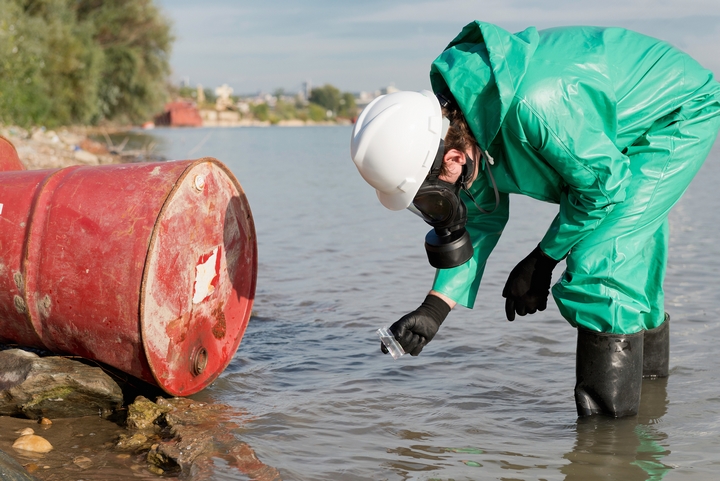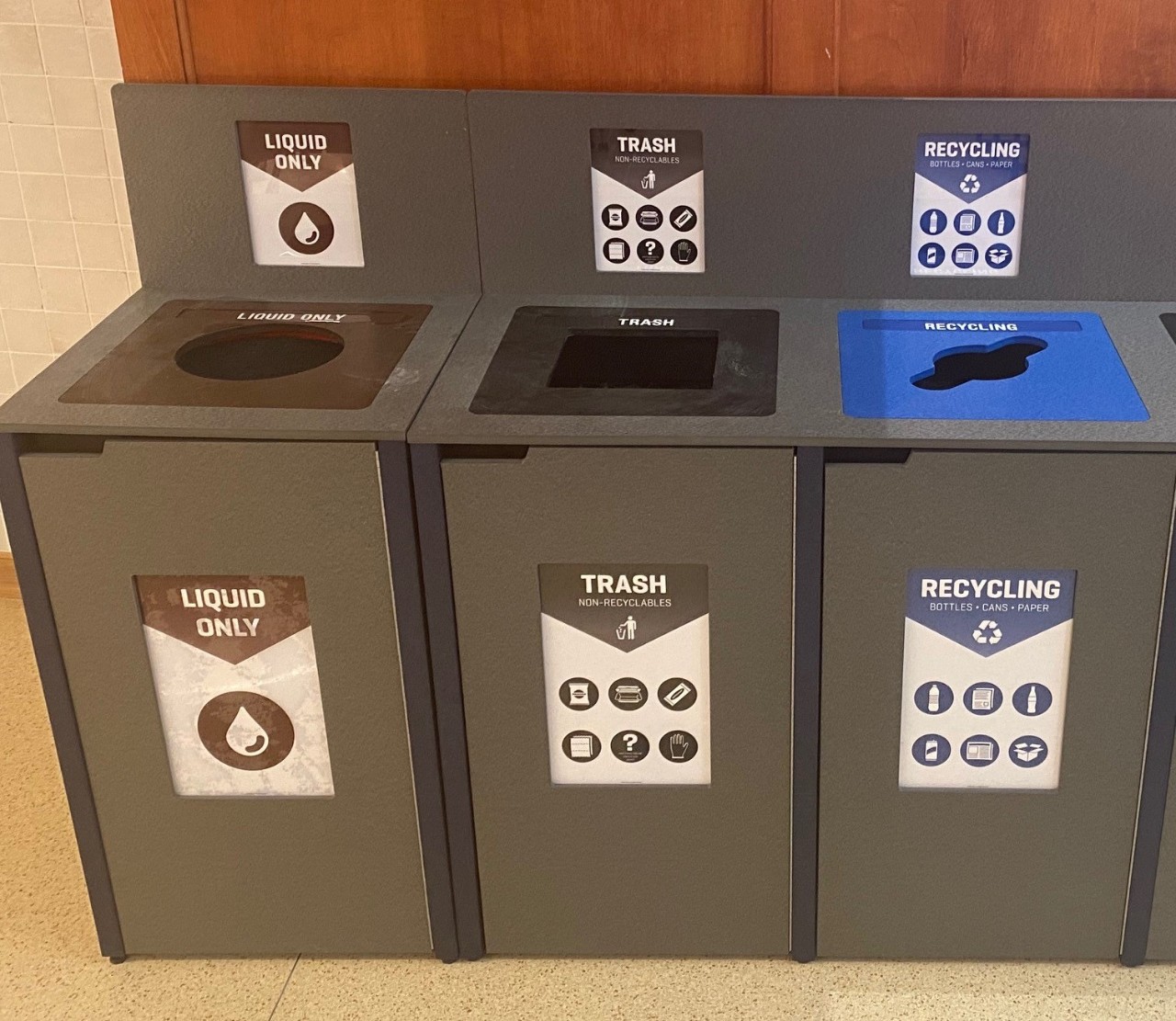Safe and Lasting Liquid Waste Disposal: Your Go-To Service Provider
How Liquid Garbage Disposal Functions: A Comprehensive Summary of Techniques and Technologies Used

Review of Liquid Waste Types
The complexity of liquid waste kinds necessitates a thorough understanding of their characteristics and implications for disposal. Fluid waste can generally be categorized into numerous types, including commercial, metropolitan, farming, and contaminated materials. Each group shows distinctive homes, requiring specific administration strategies to minimize ecological and health and wellness dangers.
Industrial fluid waste stems from making procedures and typically consists of a series of contaminants, such as heavy metals, solvents, and natural substances. Local liquid waste, mostly comprising wastewater from families and industrial facilities, has raw material, nutrients, and microorganisms (industrial wastewater treatment). Agricultural fluid waste, consisting of drainage from farms, might have plant foods, pesticides, and pet waste, posing risks to water quality and ecosystems
Unsafe liquid waste is identified by its toxicity, reactivity, or possible to cause damage. This classification consists of substances like acids, bases, and particular chemicals that require strict handling and disposal methods. Recognizing these diverse fluid waste types is essential for developing effective disposal methods and making certain compliance with environmental regulations. Proper classification and characterization are necessary for implementing proper therapy techniques and lessening the negative influence on public health and the setting.
Physical Therapy Methods

Screening is the preliminary action, where bigger particles and debris are gotten rid of from the liquid waste using displays or grates. In sedimentation storage tanks, larger particles settle at the bottom, developing a sludge layer, while the cleared up liquid can be further treated.
Purification is an additional essential method that involves passing the fluid via porous materials, such as sand or membranes, to capture smaller particles. This action enhances the top quality of the fluid, making it suitable for succeeding treatment procedures.

Chemical Therapy Strategies
Chemical therapy strategies are necessary for successfully taking care of fluid waste, especially in addressing dissolved and colloidal impurities that physical approaches may not effectively get rid of. These techniques utilize different chemical agents to reduce the effects of, precipitate, or change unsafe substances into much less dangerous kinds.
One usual technique is coagulation and flocculation, where chemicals such as alum or ferric chloride are contributed to promote the gathering of suspended bits. This procedure enhances sedimentation, allowing for much easier removal of the resulting sludge. Furthermore, oxidation procedures, employing representatives like chlorine or ozone, are utilized to damage down intricate natural substances and virus, providing the waste much safer for discharge or additional therapy.
Neutralization is one more important technique, which adjusts the pH of acidic or alkaline waste streams to neutral degrees, preventing possible damage to downstream systems and the setting. In addition, advanced oxidation processes (AOPs) use combinations of oxidants and ultraviolet light to break down relentless toxins, achieving a higher level of treatment efficiency.
Biological Therapy Processes
Biological treatment processes play an important function in the administration of fluid waste by utilizing bacteria to break down raw material and reduce contaminant levels. These processes can be broadly classified right into anaerobic and cardio therapies, each using certain microbial areas to accomplish effective waste degradation.
Aerobic treatment entails the usage of oxygen to assist in the failure of natural products by germs. This process is commonly applied in turned on sludge systems, where aeration storage tanks offer a conducive setting for microbial development, causing the oxidation of natural contaminants. The resultant biomass can be separated from treated effluent via sedimentation.
In contrast, anaerobic treatment takes place in the absence of oxygen, counting on various bacteria to damage down organic matter. This method is particularly useful for high-strength waste, as it produces biogas, a sustainable power resource, while reducing sludge production. Technologies such as anaerobic digesters are frequently used in commercial and municipal applications.
Both anaerobic and aerobic organic treatments not just reduce the ecological effect of fluid waste however additionally assist in source healing, making them important parts of sustainable waste management methods. Their flexibility, effectiveness, and efficiency support their widespread application throughout various industries.
Emerging Technologies in Disposal
Cutting-edge approaches to liquid waste disposal are swiftly progressing, driven by innovations imp source in technology and a boosting focus on sustainability. Amongst these arising modern technologies, membrane bioreactors (MBRs) have gotten grip for their capacity to combine biological treatment with membrane filtering, causing high-quality effluent that can be reused in different applications. MBRs enable smaller impacts and a lot more reliable procedures contrasted to typical systems.
Another appealing advancement is making use of anaerobic digestion integrated with nutrient healing innovations, which not just deals with fluid waste however likewise produces biogas and recuperates important nutrients like nitrogen and phosphorus. This double benefit my link improves resource efficiency and reduces environmental influence.
Additionally, advanced oxidation procedures (AOPs) are being taken on for the degradation of intricate natural contaminants. These methods use effective oxidants and catalysts to break down impurities at the molecular degree, supplying a very efficient service for challenging waste streams.
Furthermore, the integration of expert system and maker knowing in waste management systems is maximizing functional efficiency and predictive upkeep, causing decreased prices and boosted environmental conformity. These innovations reflect a significant change towards even more sustainable and efficient liquid garbage disposal practices.
Verdict
In verdict, effective fluid waste disposal necessitates an extensive understanding of numerous strategies and innovations. By constantly advancing these approaches, it ends up being feasible to address the growing difficulties connected with fluid waste, ultimately contributing to environmental security and source recuperation.
Liquid waste disposal is a crucial facet of ecological administration, requiring a detailed understanding of different techniques and modern technologies customized to various waste kinds. Fluid waste can generally be classified right into several types, including industrial, community, agricultural, and dangerous waste. Agricultural liquid waste, including overflow from ranches, might consist of plant foods, chemicals, and animal waste, presenting risks to water high quality and environments.
Different physical therapy techniques play a critical role in taking their website care of fluid waste properly - industrial wastewater treatment.In verdict, reliable fluid waste disposal requires a detailed understanding of different techniques and technologies